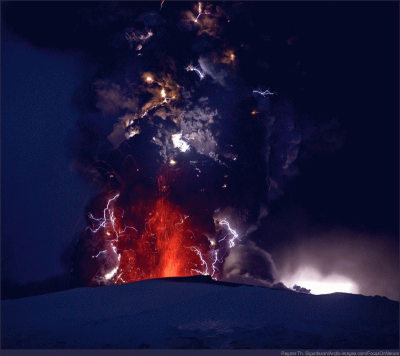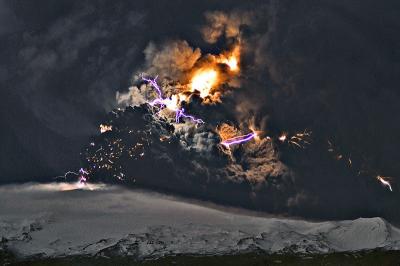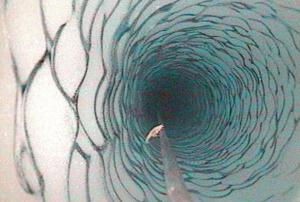Apparently the Census of Marine Life, the Herculean scientific effort to identify, categorize, and describe all ocean life, has discovered a “vast carpet” of bacteria on the ocean floor off the coast of South America.
I don’t think words can convey how huge this bacterial mass is, but journalists have tried. From ABC News:
The census estimated there were a mind-boggling “nonillion” — or
1,000,000,000,000,000,000,000,000,000,000 (30 zeroes) — individual
microbial cells in the oceans, weighing as much as 240 billion African
elephants, the biggest land animal.
[…]
The census said they carpeted an area the size of Greece — about
130,000 sq km (50,000 sq miles) or the size of the U.S. state of Alabama. Toxic to humans, the bacteria are food for shrimp or worms and so underpin rich Pacific fish stocks.
Certainly creepy. And Ann Bucklin, head of the Census of Marine Zooplankton, points out that “seventy percent of the oceans are deeper than 1,000 meters [and] the deep layer is the source of the hidden diversity.” Who knows what else is down there – we only just now discovered this Greece-sized mass.
You can read more here, and here and here.
See also our somewhat-related earlier article on mucilages (free-floating blobs of ocean bacteria).





